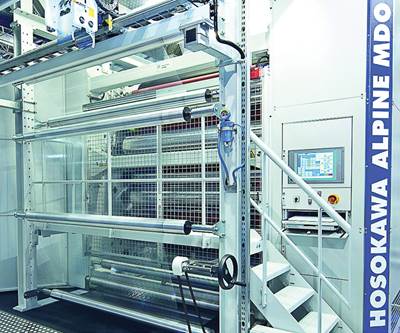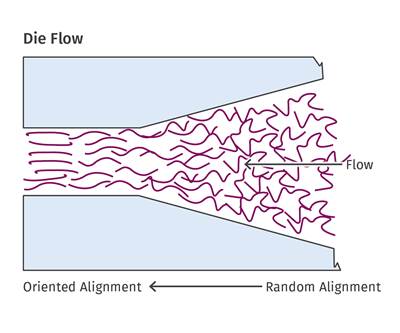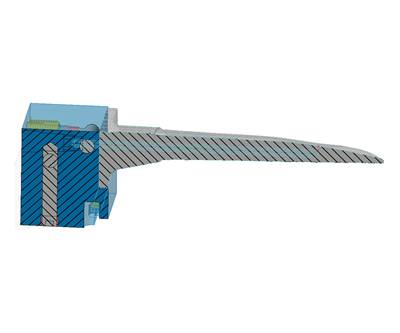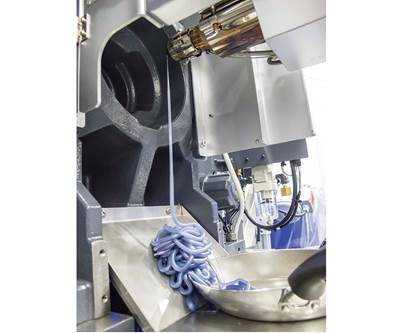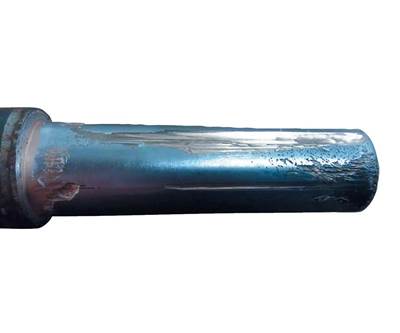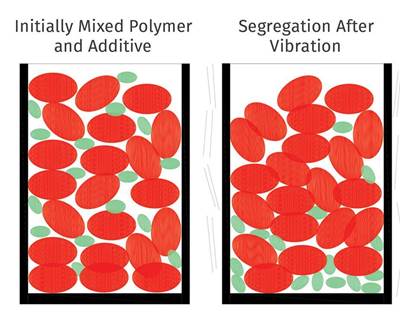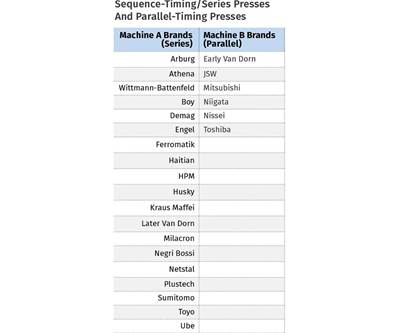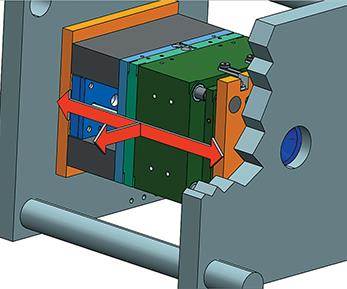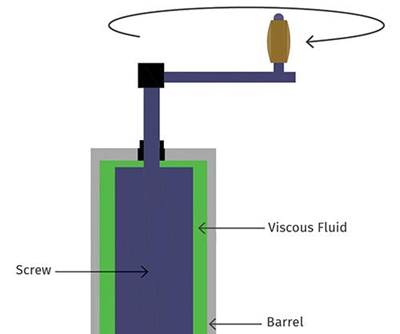Know-How
MATERIALS: The Importance of Oxidative Stability in Polyolefins
Because oxidation is a process that causes materials to deteriorate over time, its effects or potential for those effects are not always apparent when new products are tested.
Read MoreEXTRUSION: Orientation: The Good and the Bad
Depending on what you are trying to accomplish, molecular orientation can have a positive or negative impact on your part. Here’s how to control it.
Read MoreTOOLING: Let’s Get Serious About Mold Cooling: Part 2
Some creative thinking with conventional technology, like small cooling lines and bubblers, can generate big improvements in cooling and cycle times.
Read MoreINJECTION MOLDING: Purging: A to Z
Use these steps as a guide to minimize the time and money it takes to switch materials and color on your presses.
Read MoreTOOLING: Let’s Get Serious About Mold Cooling
Cooling is crucial to the molding process yet frequently overlooked. Here are some insights to consider.
Read MoreEXTRUSION: Better Mix In Means Better Mix Out
Segregation or de-mixing of polymers and additives can be a big problem in single-screw extrusion. Here’s why it happens, and how to fix it.
Read MoreINJECTION MOLDING: How Different Machine Types Handle Fill and Pack/Hold Times
The procedures are different between series and parallel machines. What type do you have? How can you tell? Here’s what you need to know.
Read MoreTOOLING: The Tool’s Impact On the Molding Process
Flash, venting, cooling, gating, or sticking problems? Better to fix the tool than distort your process.
Read MoreEXTRUSION: How Slow Can You Go?
Larger screws designed for high outputs will generate a variety of problems if run too slowly. Here’s why.
Read MoreINJECTION MOLDING: Processing Nylon…and Other Problems
As moisture content in this and other hygroscopic resins varies, so will your viscosity and process. Here’s how to deal with these issues
Read More